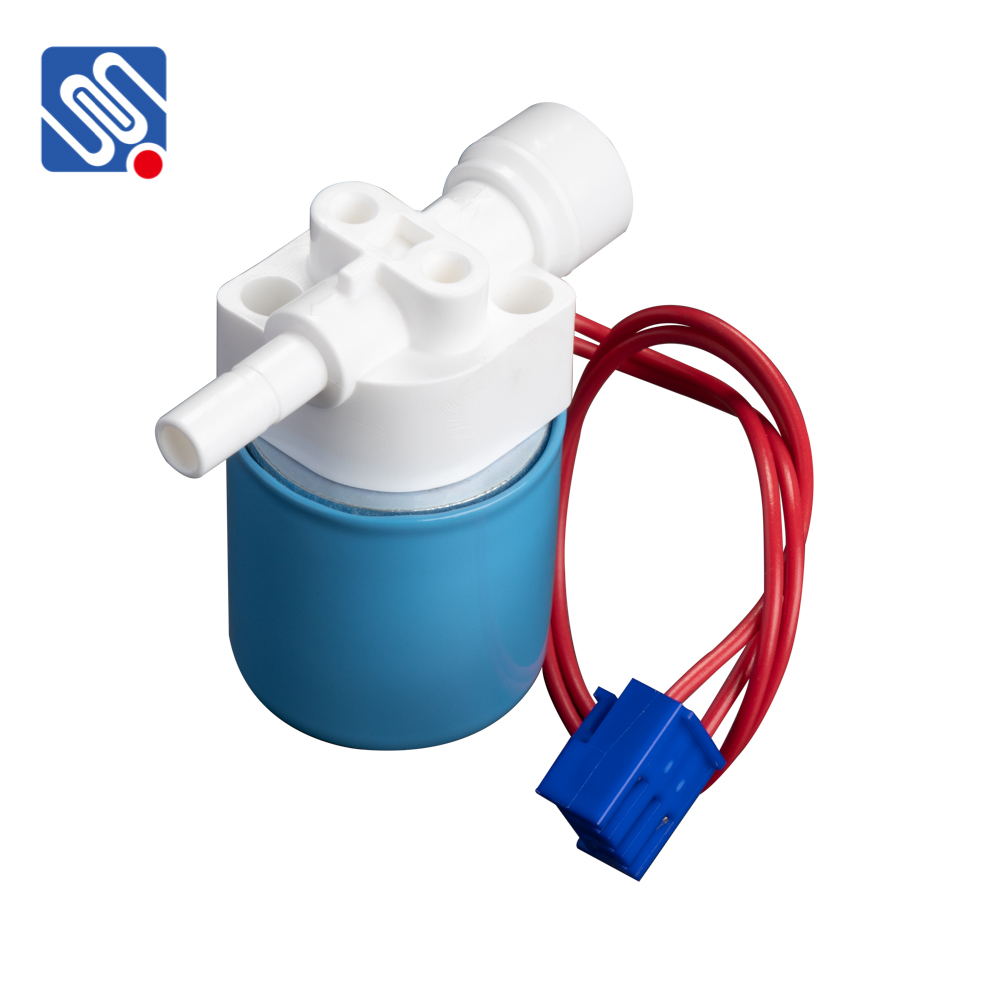A Reverse Osmosis (RO) system is widely used in water purification processes to produce clean, drinkable water from contaminated or salty water. At the heart of many RO systems lies a crucial component: the RO solenoid valve. This small but vital device plays a significant role in regulating the flow of water, ensuring that the system operates efficiently. In this article, we will explore the function, importance, and various applications of the RO solenoid valve, shedding light on how it contributes to water treatment systems.

What is an RO Solenoid Valve? An RO solenoid valve is an electromechanical valve that controls the flow of water in an RO system. It is typically used to either allow or restrict the flow of water based on specific operational conditions. The solenoid valve is activated by an electrical signal that opens or closes the valve, enabling or stopping the flow of water. The mechanism involves a coil that, when energized, generates a magnetic field. This magnetic field pulls a plunger, which either opens or closes the valve, depending on the design. Function and Mechanism The primary function of the RO solenoid valve is to control water flow into or out of the RO membrane, allowing for optimal water filtration. In an RO system, water is forced through a semi-permeable membrane to remove impurities, but the process requires careful management of water pressure and flow. The solenoid valve helps regulate these factors by opening or closing the valve based on signals from the system’s pressure switches or controllers.